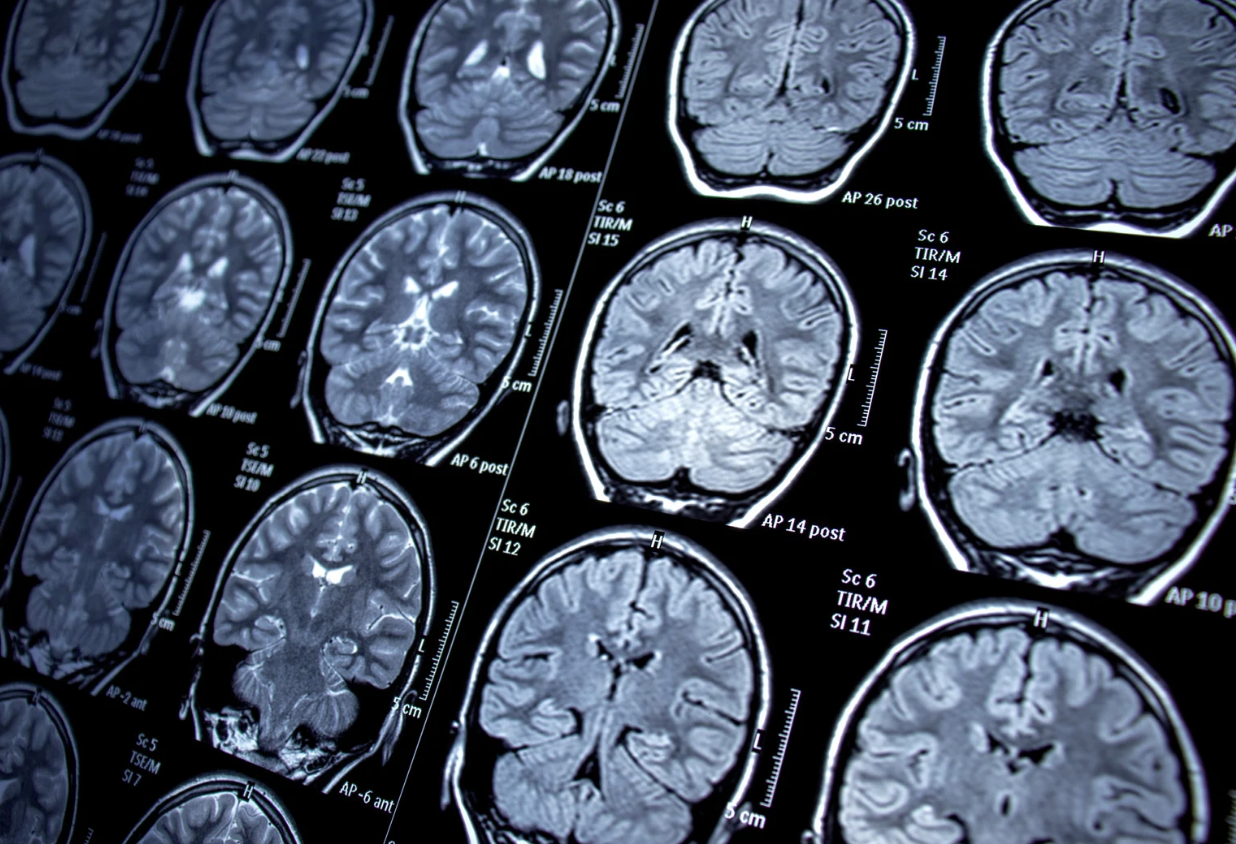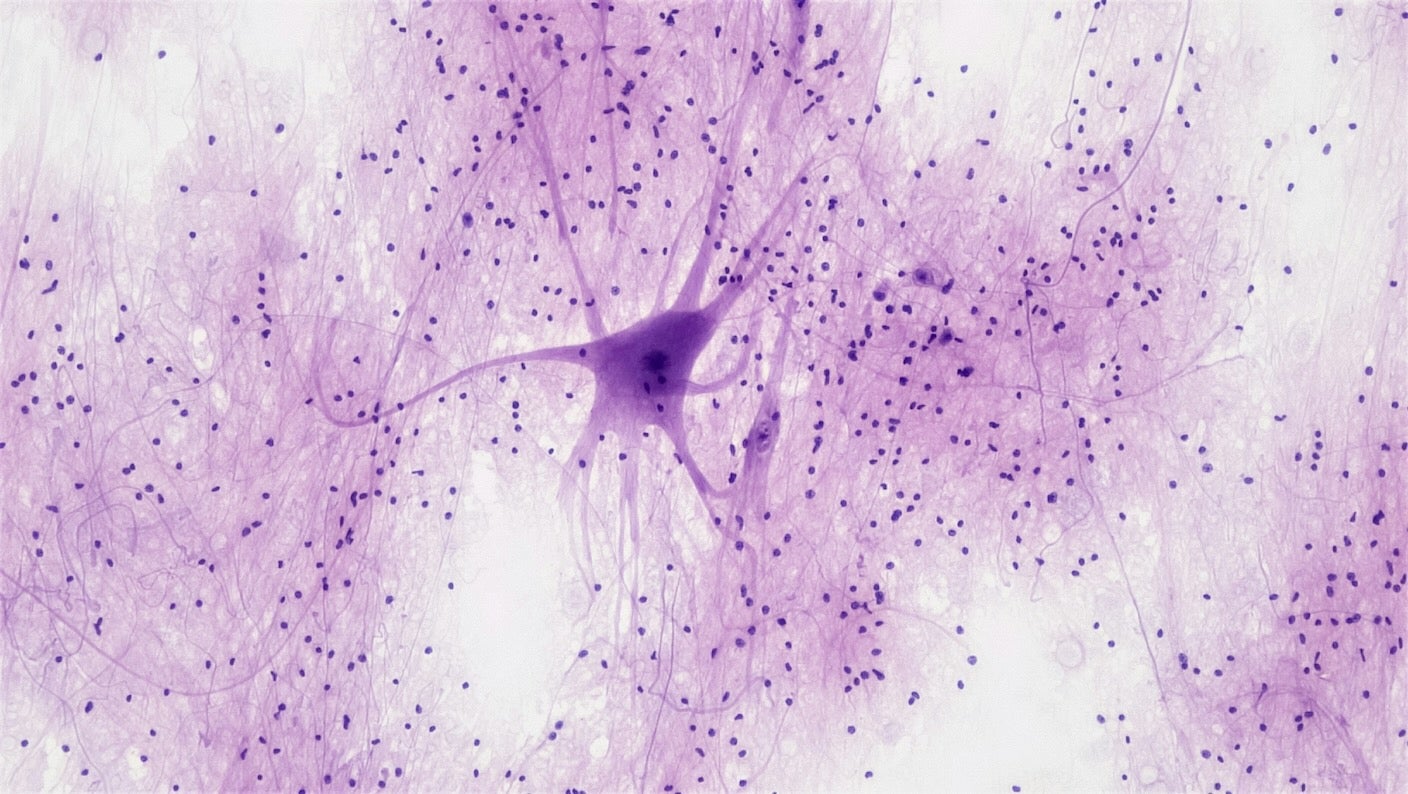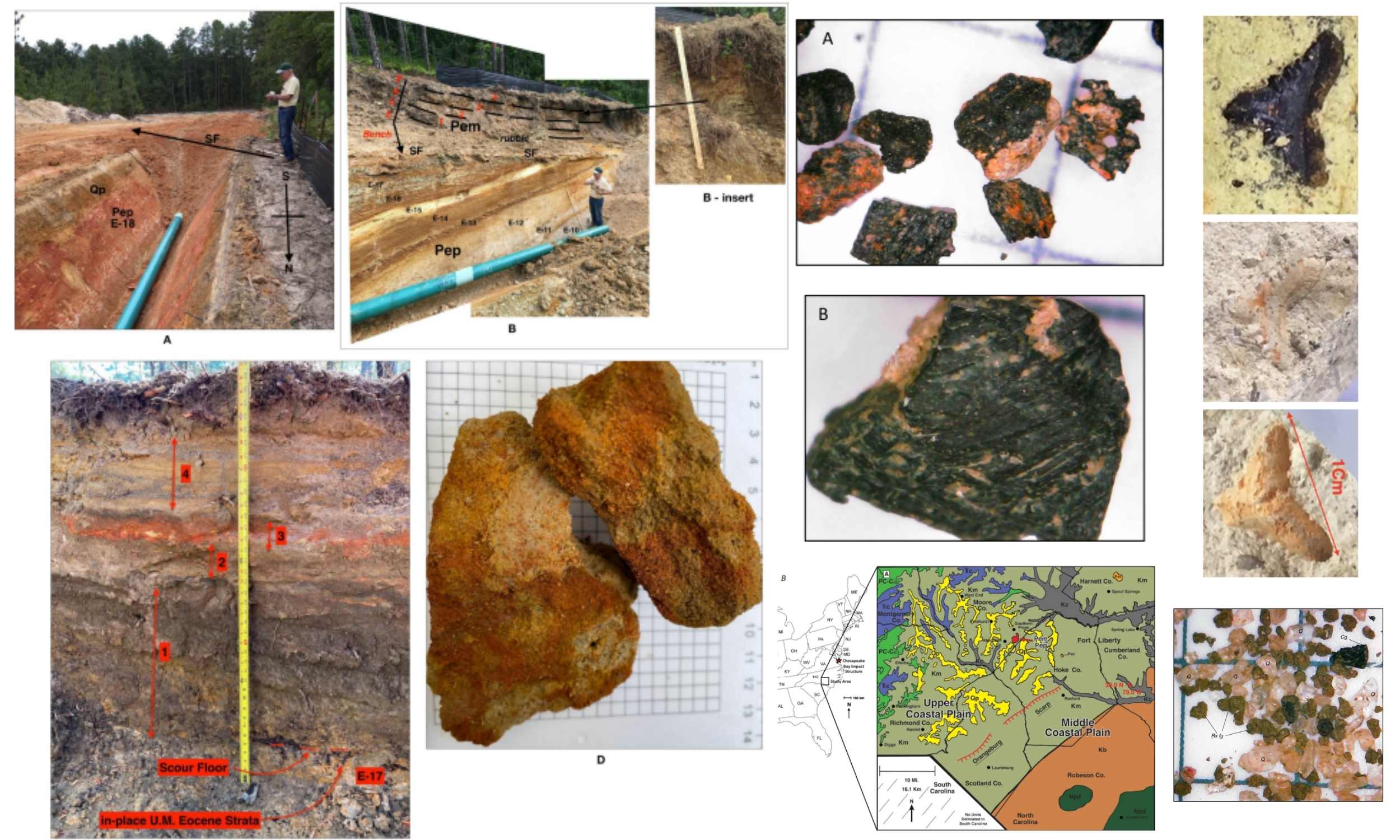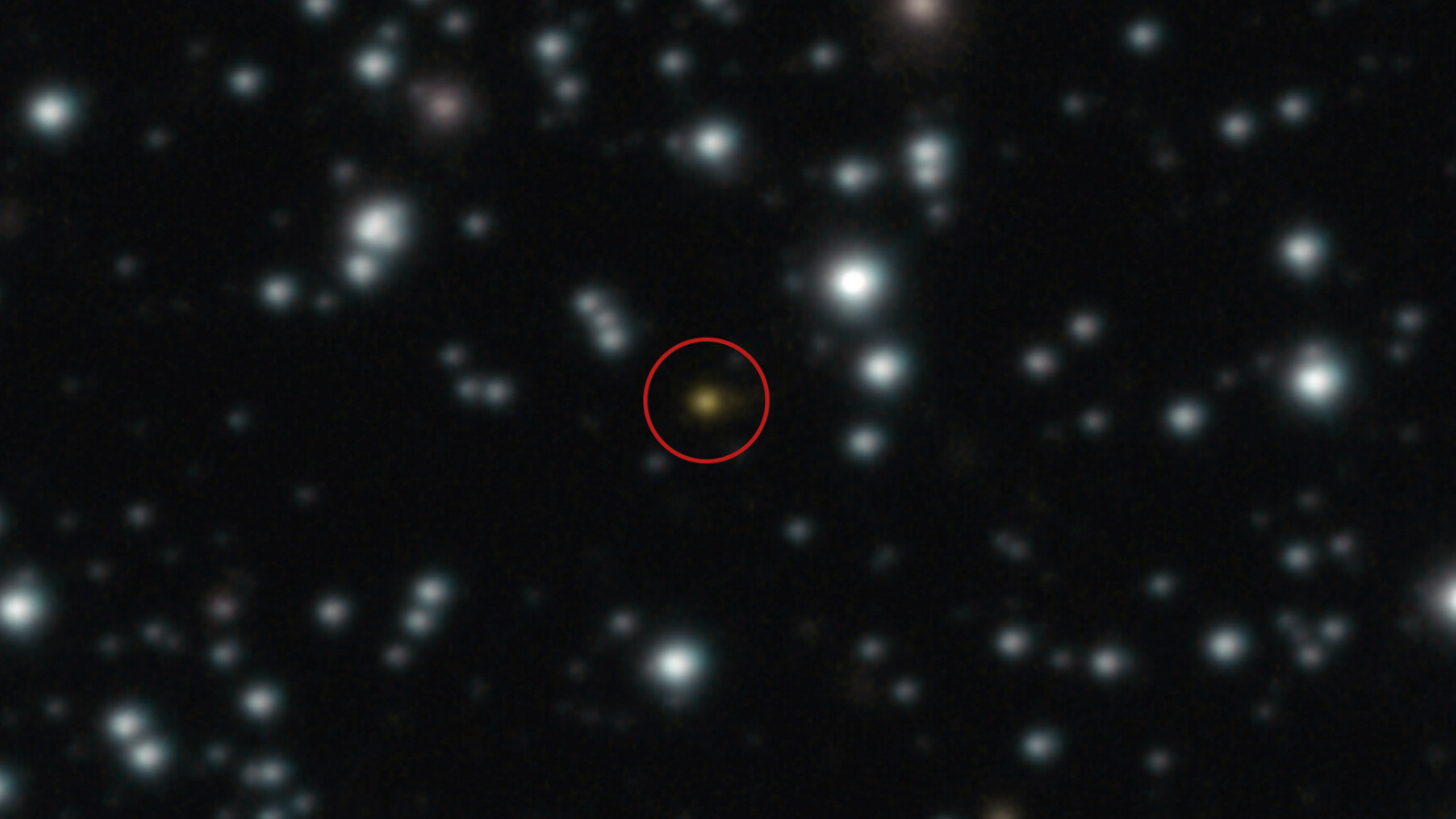Scientists Achieve Real-Life Transmutation of Lead into Gold at the Large Hadron Collider
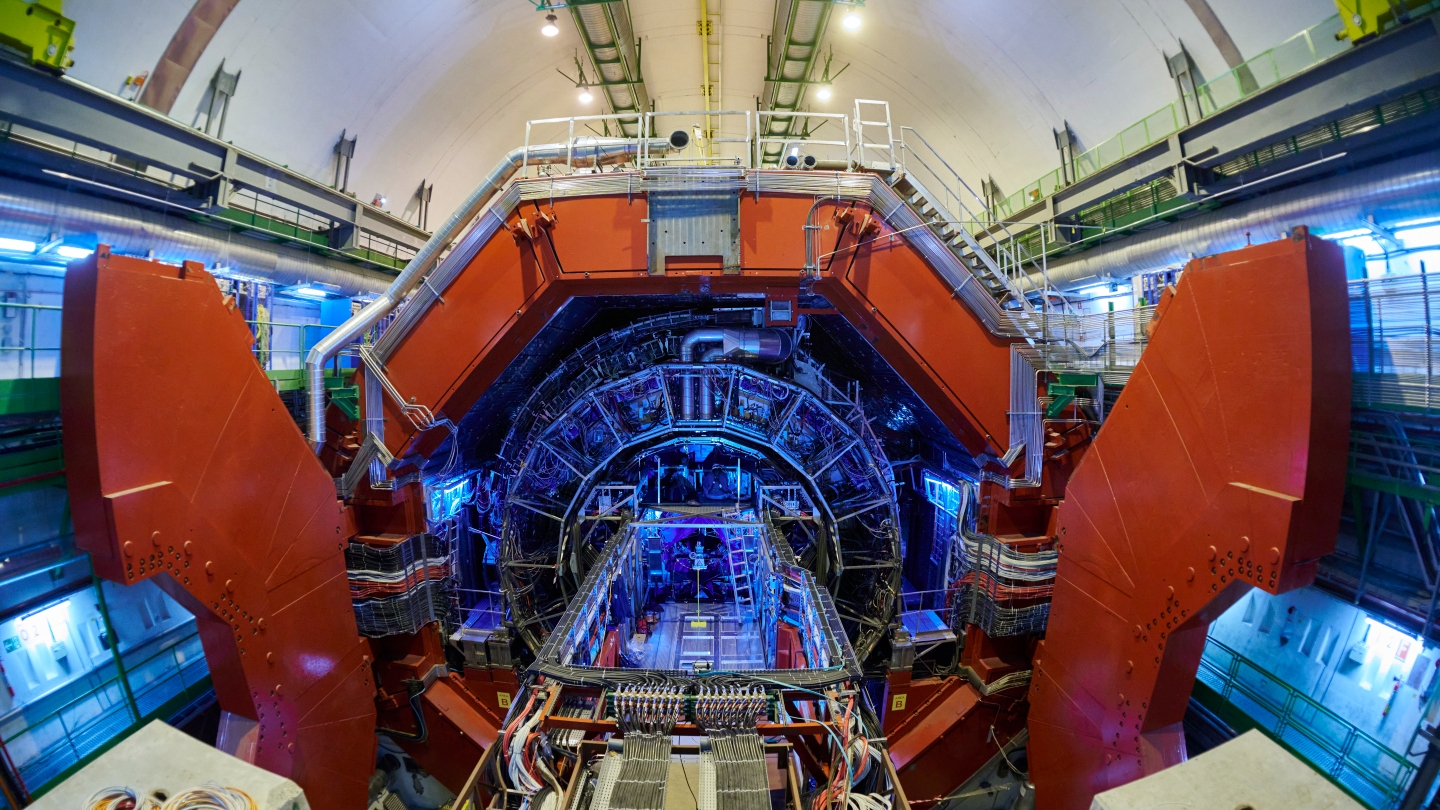
For centuries, alchemists have pursued the mythical dream of transforming lead into gold. However, their aspirations were often steeped in mysticism and magic rather than grounded in scientific reality. Now, thanks to the advances in modern physics, this ancient desire has taken a significant leap toward realization. Researchers at the Large Hadron Collider (LHC), the world’s largest and most powerful particle accelerator, have made a groundbreaking observation: they have witnessed a genuine transmutation of lead into gold. This remarkable transformation did not occur through direct nuclear collisions as previously assumed, but emerged through an innovative mechanism involving near-miss interactions between atomic nuclei.
The LHC was designed to accelerate particles to nearly the speed of light, enabling scientists to probe the fundamental building blocks of matter and unravel the mysteries of our universe at its smallest scales. While head-on collisions have yielded vital information concerning particle physics, most interactions that occur within the collider actually involve indirect encounters. In these scenarios, particles pass close enough to one another without coming into direct contact, generating electromagnetic fields with such intensity that they can instigate unexpected nuclear reactions.
CERN officials, the organization behind the LHC, explained, “The electromagnetic field emanating from a lead nucleus is particularly strong because the nucleus contains 82 protons, each carrying one elementary charge.” They further elaborated that the high velocity of lead nuclei within the LHC—traveling at an astonishing 99.999993% of the speed of light—compresses the electromagnetic field lines into a thin form, analogous to a pancake, transverse to the direction of motion. This unique configuration produces short-lived pulses of photons.
These pulses can catalyze a phenomenon known as electromagnetic dissociation, where a photon interacts with a nucleus, prompting internal oscillations that subsequently eject neutrons and photons. In the specific instance of a lead atom, the loss of three protons through this process results in the formation of gold. “It is impressive to see that our detectors can handle head-on collisions producing thousands of particles, while also being sensitive to collisions where only a few particles are produced at a time, enabling the study of electromagnetic ‘nuclear transmutation’ processes,” remarked Marco Van Leeuwen, a spokesperson for the ALICE (A Large Ion Collider Experiment) project at the LHC, which is responsible for the new findings.
Uliana Dmitrieva of the ALICE collaboration added, “This work is the first to systematically detect and analyze the signature of gold production at the LHC experimentally.” The research team was not only able to identify proton loss linked to gold production but also detected the formation of other elements, including lead, thallium, and mercury. This groundbreaking analysis was facilitated by a device known as a zero degree calorimeter (ZDC), which measures the resulting emissions from photon-nucleus interactions.
The LHC has the capacity to produce up to 89,000 gold nuclei each second from lead-lead collisions. According to CERN officials, “During Run 2 of the LHC (from 2015 to 2018), approximately 86 billion gold nuclei were created at the four major experiments.” Despite this astonishing figure, any modern-day alchemist dreaming of a financial windfall might find the reality less than satisfactory. This production translates to a mere 29 picograms (2.9 × 10-11 grams) of gold, and these atoms possess an incredibly brief lifespan. They are so energetic that they almost immediately collide with structural components of the LHC—such as the beam pipe or collimators—disintegrating almost instantly into protons, neutrons, and other particles. Consequently, the gold exists for only a fleeting fraction of a second.
John Jowett, also of the ALICE collaboration, concluded, “The results not only enhance our understanding of electromagnetic dissociation but are instrumental in predicting beam losses—a significant limitation on the performance of the LHC and future colliders.” This cutting-edge research not only feeds into the historical quest for turning lead into gold but also holds vital implications for the future of particle physics and our understanding of the universe.


















